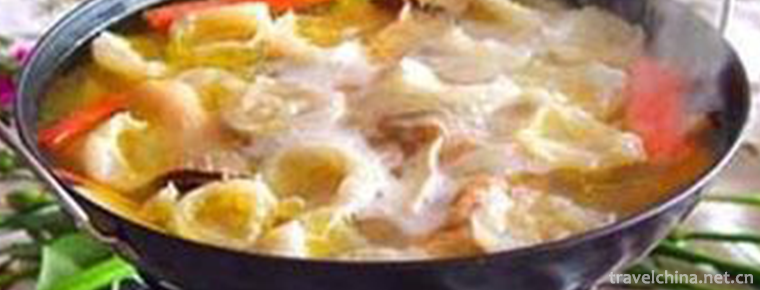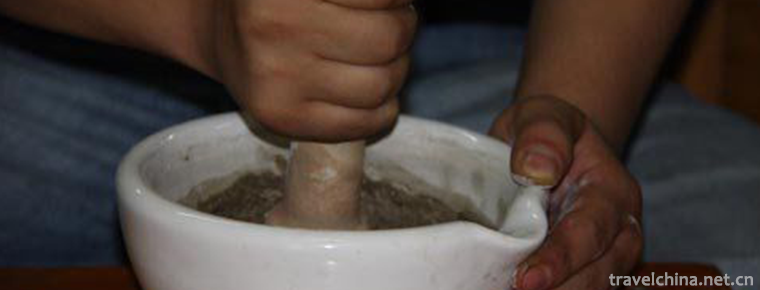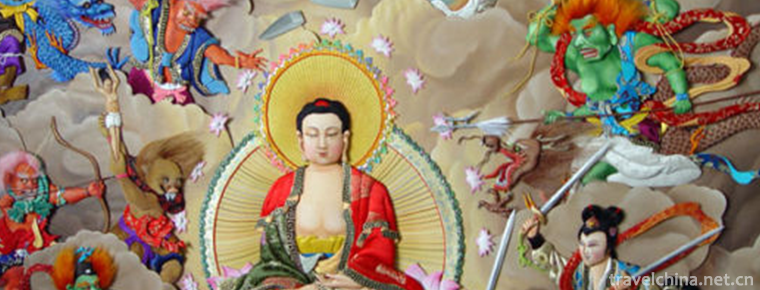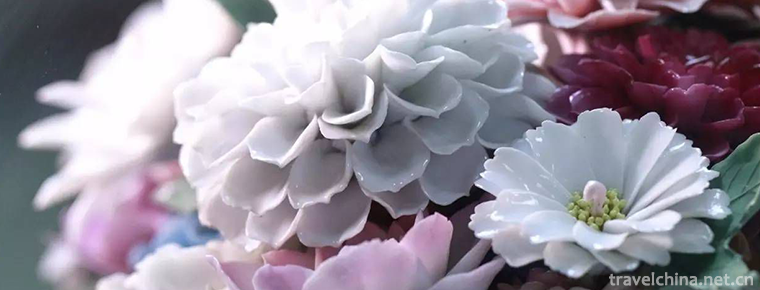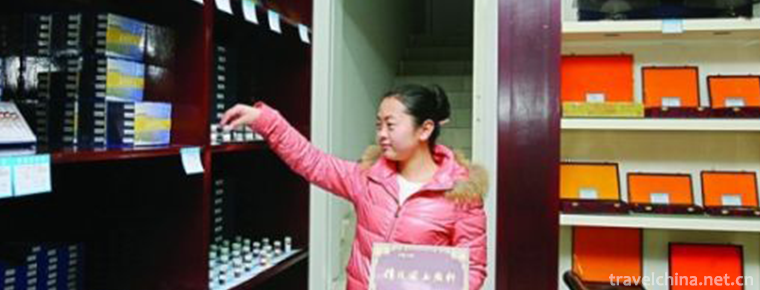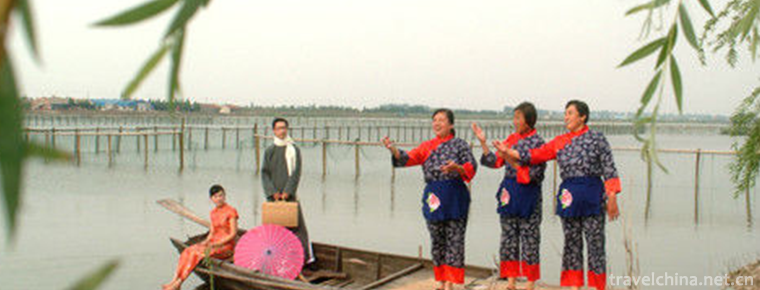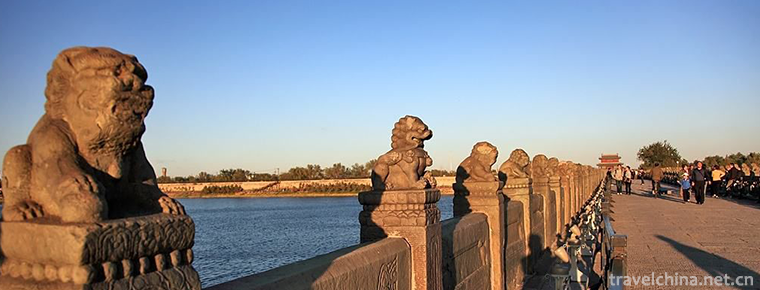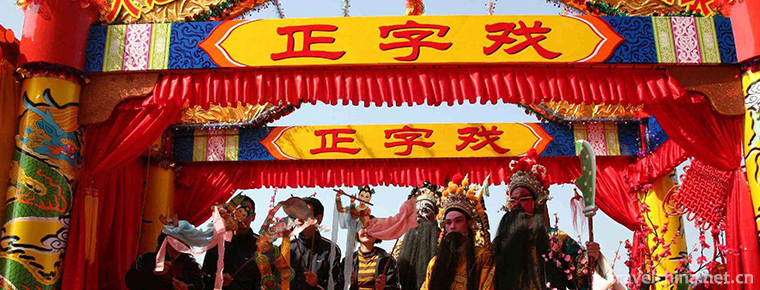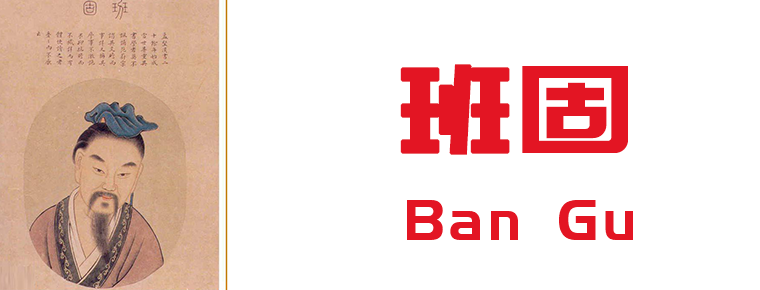Uygur moulding earthenware firing
Uygur moulding earthenware firing
Uygur moulding clay pottery firing technology, Xinjiang Uygur Autonomous Region Yingjisha County traditional handicraft, one of the national intangible cultural heritage.
Uygur moulding pottery has a history of more than two thousand years. After the middle of the ninth century, Uygur ancestors moved westward to the vicinity of the Tarim Basin, inherited the pottery making skills of the local ancients, and through continuous improvement and development, formed the unique Uygur earthenware, which has been handed down to this day.
On May 20, 2006, Uygur moulding clay pottery firing technology was approved by the State Council of the People's Republic of China and listed in the first batch of national intangible cultural heritage list, item number_-6.
Historical Origin
Uygur moulding clay pottery firing technology has a history of more than two thousand years. With the opening of the Silk Road, it has been rising, developing and innovating, and has been spreading. It is handed down orally without detailed written records. Uygur's ancestors were nomads. Pottery was not commonly used by nomads because of its bulkiness, fragility and portability. After the mid-ninth century, Uygur's ancestors moved westward to the vicinity of the Tarim Basin to become settled farmers, inheriting the pottery making skills of local ancients, and began to use pottery in large quantities. Due to the limitation of the quality and firing technology of local pottery, Uygur pottery is mainly made of earthen pottery, but no local pottery has been unearthed or handed down.
Technological characteristics
Uygur earthenware can be divided into three types: plain, glazed and painted. Vegetable pottery has flower pots, flower pots and so on. Uygur people love flowers and plants at home. They grow various kinds of flowers and ornamental plants such as fig trees and oleanders in useful flower pots. Therefore, flower pots and flower pots are very common. Uygur people use a lot of woodwork, so they have not seen tile basin.
There are also a large number of pots in Uygur earthenware, which are decorated with colorful glaze. In terms of shape, the cylinders of various types are similar to those of the Han nationality. However, pots and tableware are in various forms. Compared with the same kind of utensils in the mainland, Uygur pottery is generally exaggerated. The unique shape is mainly embodied in various pots, with a distinct Arab style. The shape, color and shape are so rich that it shows that the Uygur people are mature in making earthenware and have their own style.
Technological process
- Soil preparation and mud preparation
Select delicate, water-absorbing clay, crush the soil, screen out impurities, add water-bubble slurry, step on, knead, and ferment in the shade of the first floor of the workshop (mostly the second floor) for 1-2 days.
Processing and moulding
Uygur earthenware modeling methods are common as follows:
1. Moulding method: that is to say, to make blanks by means of moulds. Put the slime into the model and press it forcefully, then take it out slightly dry, that is, the blank. There are single-sided and double-sided moulds in the moulding. The beautiful jade flat pot in Uygur earthen pottery is made by pressing out two moulds before and after they are bonded together and fired.
2. Drawing method: Put the mud on the rotating disc, and the craftsman rotates the driving wheel with both feet (two people cooperate, one person shakes the driving disc to drive the making of the wheel). With the rotation of the wheel, the mud rotates rapidly on the disc. Craftsmen use their hands to shape them by lifting them. The flat tire of utensils pulled by this kind of wheel plate is limited to round articles. Generally, the bottom is thick and the mouth is thin. It is often found in bowls, plates, cans, pots, cylinders, basins, etc.
3. Rotary method: Put the mud blank on the rotating mud disc, and combine the hand with the auxiliary tools. It is like a rotating bed standing up. Then the mud blank can be turned into pots, bottles and cans with screwy lines.
4. Adhesion: It is an assistant modeling method. The handle and mouth of some objects, or the local decals, are carved with clay to make the necessary accessories, and then bonded to the desired parts with the sticky mud to form the accessories.
- Glazing
Glaze is mainly melted with lead. After melting lead into liquid, quartz sand is added and agitated rapidly until the lead melt and quartz are decomposed into dispersed form, which is green-grey. Then put quartz powder in proportion, stir-fry into yellow-grey, let lead thoroughly melt into quartz powder, that is, lead glaze.
Screening grinding: first screen out quartz sand with fine screen, then put the glaze screened into the pot, each time put a small bowl with smooth stone carefully grinding. Subsequently, in order to prevent the existence of particles, it is best to sift through them once.
Glazing: Clean the dried tire with a brush to remove the floating soil, then add water to the glaze to make it paste, and pour a layer of glaze on the painted tire.
- Kiln-loading and firing
The glazed blanks are thoroughly dried and regularly loaded into the kiln. There should be gaps between them. After the kiln is installed, the top of the kiln is sealed. The prepared shrubs and dry wood are ignited and fired. Firstly, the kiln wall turns white after a small fire for about 1 hour. Then the kiln wall begins to increase the fire temperature for 1-1.5 hours. From the observation port, it can be seen that the kiln tube blank begins to be bright and transparent from orange-orange-red to pottery glaze, and the fire can be ceased. Seal all the ventilation ports of the kiln, bake them until the next day to open the ventilation ports to dissipate heat. After cooling, the perfect pottery can be taken out, known as "out of the kiln".
Uygur earthenware is a kind of low-temperature glazed pottery. It uses shrubs and branches as fuel, the kiln temperature is controlled at about 800 C, and the glaze is colored with minerals containing iron, copper and aluminium.
Inheritance and Protection
Inheritance value
Uygur earthenware contains many cultural concepts of Uygur people based on historical traditions and religious beliefs, which fully reflects the unique aesthetic taste, imaginative aesthetic thinking and creative talent of Uygur people. Among them, the impact of the collision of Chinese and Western cultures along the ancient Silk Road and other ethnic cultures in Xinjiang can also be seen. Influence. It provides an important example for the study and explanation of the history of cultural exchanges between the East and the West in the ancient Western Regions, especially the multi-branch Chinese culture, which has important historical, cultural and practical value.
Current situation of inheritance
With the rapid development of social economy and culture, earthenware is used less and less in people's daily life, resulting in a sharp decline in varieties. For example, Turpan has been reduced from a hundred to a few, and its color has also been simplified. In addition to pots and flower pots, earthenware has basically withdrawn from people's lives. Because of the impact of the market economy, most of the earthenware craftsmen idled their ancestral crafts, and the younger generation did not intend to learn and inherit the traditional firing techniques. Before 1949, there were more than one hundred pottery craftsmen in Kashgar's Kuozi Yarbisi residential area. Later, there were only 11 craftsmen, of whom only 17 were craftsmen.
Heritage figures
Abu Du Rehman Maimai Di, male, Uygur, born in 1949, is a native of Nine Villages in Mangshen Township, Yingjisha County, Xinjiang Uygur Autonomous Region. In June 2007, Abu Du Rehman Maimai Di was selected as the representative successor of the first batch of national intangible cultural heritage projects. Yingjisha County of Xinjiang Uygur Autonomous Region declared.
protective measures
In the summer of 2011, Dawuti Aji joined 13 local pottery craftsmen to establish a professional cooperative of farmers'crafts in Milas, Baren Township, Aktao County.
In 2014, the Miras Farmers'Craft Cooperative in Baren Township was named the productive protection base of Xinjiang intangible cultural heritage (Uygur moulding clay pottery firing technology).
In 2018, the firing techniques of Uygur moulded clay pottery in Yingjisha County, Kashgar City and Turpan City in Kashgar Region were included in the first batch of national traditional craft revitalization catalogues.
major schools
The main schools of Uygur moulding clay pottery firing techniques are Turpan Uygur clay pottery, Yingjisha Uygur clay pottery and Kashgar Uygur clay pottery.
Turpan
Turpan Uygur earthenware technology mainly spreads in the Uygur community of Turpan area in eastern Xinjiang. Turpan Uygur clay pottery technology is mainly divided into three kinds: plain pottery, plain glazed pottery and colored glazed pottery. Turpan earthenware is good at pots of various shapes.
Yn gizarm
Yingjisha Uygur earthenware technology is mainly spread in the Uygur community of Yingjisha County and its towns in Kashgar area of southern Xinjiang. The handmade clay pottery industry in Yingjisha has a long history. Because clay pottery is an indispensable and widely used traditional tool in the family life of Uygur people, the local pottery technology is mainly inherited by Uygur folk craftsmen.
Kashgar
Kashgar Uygur earthenware technology is mainly spread in Kashgar area in southern Xinjiang Kashgar City, Kashgar Chasa Street Office Kuozi Yarbisi community. Kashgar Uygur clay pottery technology is mainly divided into "plain pottery" and "glazed pottery" two categories, of which "glazed pottery" is the most distinctive, its raw materials are from the local unique red mortar, its clay pottery products are divided into two parts of building glazed bricks and living appliances, especially pots, pots, plates, bowls, vats, pots, lamps and other more than 70 kinds of daily necessities are the most prominent.
social influence
Important Exhibitions
In 1987, the clay pottery products made in Yingjisha County were selected by the foreign trade department of Kashgar to participate in the "Xinjiang Civil Goods Exhibition" held in Japan.
Honorary recognition
In 1988, the series of painted pottery products made in Yingjisha County were acquired and collected by the Gallery of the Central Academy of Fine Arts.
In 1991, the series of painted pottery works produced by Yingjisha County won the second prize in the Xinjiang Folk Art Competition held in Urumqi.
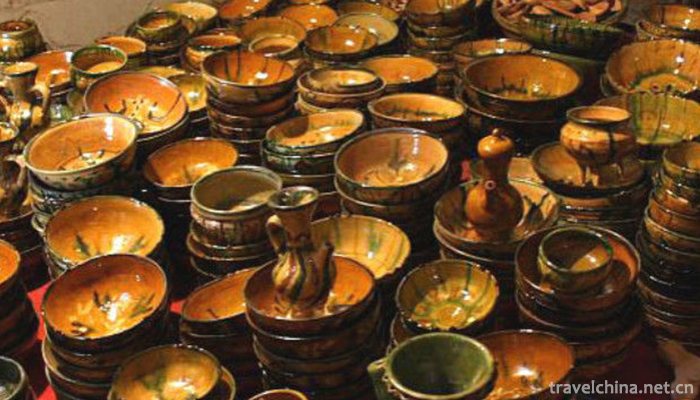
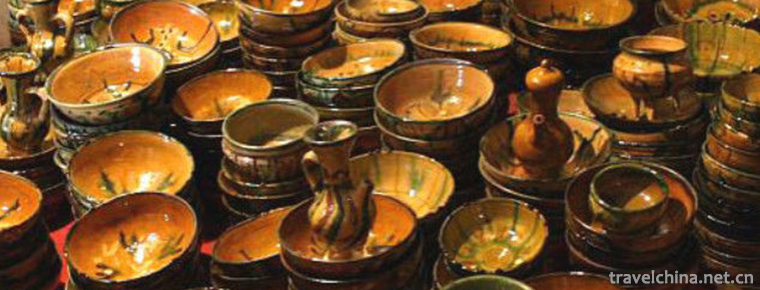
Uygur moulding earthenware firing
-
Fish Swallow in Bazhen Fresh Soup
Ingredients: Six or two fish swallows are served well. Lentinus edodes, crab willow, Jinhua ham, clam, shrimp
Views: 222 Time 2019-03-27 -
Production Techniques of Tibetan Mineral Plant Pigments
Since the emergence of human beings, mineral pigments have been accompanied by human beings. Mineral pigments were first used to draw murals
Views: 223 Time 2019-04-09 -
Pile brocade
Duijin, also known as Shangdang Duijin, is a handicraft hand Duijin is developed on the basis of traditional Chinese painting and embroidery. It is made of silk as the main fabric
Views: 159 Time 2019-04-28 -
Firing Techniques of Fengxi Porcelain
Fengxi Porcelain Firing Technology, a local traditional technology in Fengxi District, Chaozhou City, Guangdong Province, is one of the national intangible cultural heritage.
Views: 795 Time 2019-04-29 -
Production Techniques of Chinese Painting Pigments
Jiang Sixutang's skill in making Chinese painting pigments is one of the intangible cultural heritages. The manufactured products of Jiang Sixutang Chinese Painting
Views: 165 Time 2019-05-02 -
Jiashan Tian Ge
Jiashan Tiange is a local folk song in Zhejiang Province. It belongs to a variety of Wuge songs. It is a unique form of ballad in Zhejiang Province. It is a song that workers sought comfort and expres
Views: 333 Time 2019-05-05 -
Legend of Lugou Bridge
The legend of Lugou Bridge is very rich in content, including the construction of Lugou Bridge, the lion on Lugou Bridge, Lugou pier chopping dragon and sword, Lugou Xiaoyue, Lugou Bridge and Wanping
Views: 380 Time 2019-05-15 -
Craftsmanship of Fireworks and Firecrackers
China is the first country to invent gunpowder in the world. Fireworks and firecrackers made of gunpowder also have a long history and enjoy a high reputation in the world. The record of firecrackers
Views: 148 Time 2019-07-10 -
Orthographic drama
Zhengzi opera, originally known as Zhengyin opera, is singing in Zhongzhou Mandarin. It is an ancient and rare opera with many voices. In the early Ming Dynasty, one of the Southern Opera was introduc
Views: 135 Time 2019-07-25 -
Ban Gu
Ban Gu (32 - 92 years), Meng Jian, Fufeng An Ling (now Shaanxi Xianyang Northeast China, famous in Eastern Han Dynasty historian , Litterateur 。 Ban Gu's birth Confucianism Family, father Ban Bi Uncle
Views: 281 Time 2019-09-06 -
Geographical environment of Luzhou
Luzhou City, located in the southeast of Sichuan Province, borders Chongqing and Guizhou Province in the East, Guizhou Province in the south, Yunnan Province, Yibin City and Zigong City in Sichuan Province in the west, Neijiang City and Chongqing City in Sichuan Province in the north.
Views: 339 Time 2020-12-14 -
Summary of Deyang
In 2018, Deyang's GDP reached 221.39 billion yuan, an increase of 9.0% over the previous year at comparable prices. The total economic output has exceeded 200 billion yuan, with per capita GDP of 62569 yuan. Among them, the added value of the primary industry
Views: 349 Time 2020-12-14
